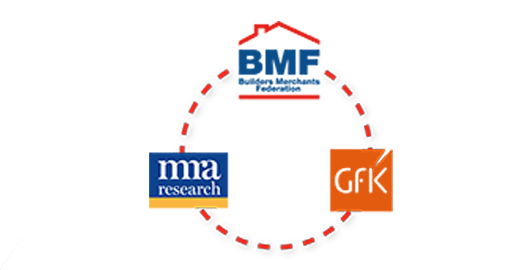Hanson Cement Comment: Q3 2019
Andrew Simpson, National Commercial Director Hanson Cement is BMBI’s Expert for Cement & Aggregates.
The Mineral Products Association reported that seasonally-adjusted demand for construction products improved in Q3 compared to Q2. Mortar sales were up 5.2% followed by asphalt (4.1%), aggregates (1.7%) and Ready Mixed Concrete (RMC), up 1.4%.
This is an improvement, but the construction market is still weak. For instance, RMC is the biggest sales channel for cement, so it’s a concern that important markets such as London and the South East are in decline year-on-year. These two markets account for about a third of GB demand with volumes now 10% lower than 2018. The underlying problem is the decline in commercial projects and the postponing of infrastructure projects. These can be directly linked to Brexit and political uncertainty which are stifling investment and delaying decisions. It could be some time before confidence and investment returns.
Sales to builders’ merchants have been difficult to predict. Wet weather has been a factor, but many merchants report lower order books and a slowing in demand. With continued political uncertainty and heavy rains this autumn, Q4 will be a challenge.
Electricity producers and other industries have received subsidies to move from fossil fuels to renewable energy sources, but these subsidies are not available for cement producers. Even though producers have made significant progress by moving to dry processes and replacing considerable proportions of fossil fuel usage with alternatives, there is a gap between allocation and usage as set by the European Union in 2003, and there are limited options due to the highly energy-intensive production process. One option is to allow a wider range of cement to be used on construction projects. Investment in carbon capture technology is also essential.
The effect of the tightening cap and other policies has resulted in a steep increase in the cost of European Emission Allowances (EUAs) over the last five years from around €7 to €25. The UK government forecast in 2017 that carbon would be around £80/tonne in 2030. However, the actual increase has already been much higher than predicted.



